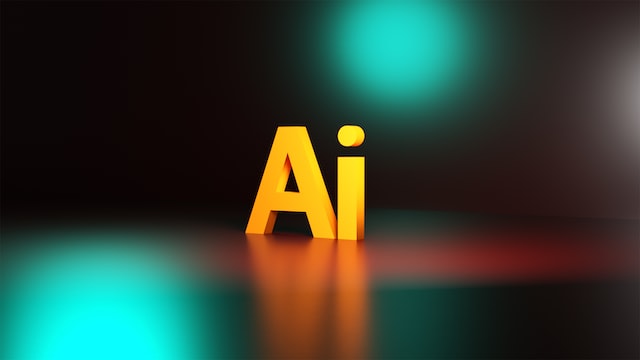The business world is evolving quickly, and each year, new startups emerge, positioning themselves as viable rising businesses due to their creative business models.
Let us inform you that if you’re considering establishing your own company, you need to be aware of the five startup trends we’ll cover in this post. In order to gain traction and leave a lasting impression, entrepreneurs must update antiquated models, fill gaps, and stay ahead of the curve. These are some booming startup trends for 2023 that everyone should be aware of.
1. Shared Economy
An economic system known as the “shared economy” is predicated on the notion that many products and services go unused. People may save money, decrease trash, and strengthen communities by sharing them. In accordance with this economic theory, people may sell or rent out their unused possessions—such as a vehicle, an apartment, or a tool—to others for a charge. Online platforms like apps and websites that link individuals with resources to share with those ready to pay for access to those resources make this feasible.
Technology made it simpler for people to interact and trade products and services, which contributed significantly to the creation of the shared economy model.
2. Super Apps
It is an all-in-one app that offers several services. Super apps are mobile programs that provide consumers with a variety of features and services on a single platform. Message sending, social networking, mobile payments, e-commerce, ride-hailing, food delivery, and other features are often included in these applications. For optimal convenience, it is an all-in-one platform that provides a variety of services under one roof.
Often, startups aimed at developing software solutions, due to the lack of a sufficient number of specialists or short development times, hire an app development company for startups to release a well-functioning product on time.
3. No-Code Solutions
In our increasingly digital environment, it is crucial to produce digital goods and services successfully. Due to the ongoing increase in demand for digital goods and services, several businesses now provide “low-code” or “no-code” platforms for web and mobile development.
With their emphasis on drag-and-drop user interfaces that replace raw code and programming languages and are user-friendly for beginners, these platforms are poised to revolutionize the web development sector. These low- or no-code platforms need almost no coding experience.
The platforms make it possible to create applications and websites much more quickly and eliminate the need to hire specialized developers. Millions of dollars have been invested in several “no-code” platforms, and in 2023 they will only grow in popularity. For instance, Crunchbase reports that Webflow has received a reported $334.9 million in investment.
4. Cybersecurity
Cybersecurity has risen to the top of the list of concerns for both organizations and people in a society that is becoming more and more dependent on technology. Cyberattacks pose a constant danger, and the stakes are quite high. An effective hack may cause serious harm, including the loss of money and data. As a consequence, interest in cybersecurity businesses has increased recently. These companies are attempting to provide fresh, cutting-edge solutions to protect the internet from online dangers.
The number of cybersecurity firms has increased in 2022 as more organizations and people want to defend themselves against digital risks. While the cybersphere continues to evolve and the Metaverse is a topic of ongoing discussion, cybersecurity businesses will undoubtedly become very successful in 2023.
5. The Growth of Fintech
Fintech describes how technology is used to enhance financial services. The financial sector has been significantly disrupted by fintech, and this trend is expected to continue in 2023. There is an increasing need for cutting-edge fintech solutions due to the growth of digital payments and the want for more readily available financial services.
Startups may benefit from the growth of fintech by developing goods and services that increase financial inclusion and accessibility. Peer-to-peer lending programs and digital banking systems are both examples of this. Startups may also take advantage of a developing market and make a sizable profit by developing goods that address the requirements of neglected demographics.
Conclusion
Startups had a fascinating year in 2022. What is in store for 2023? We can only wait and see, but it seems like the startup world, particularly in the technology industry, may have another exciting year of development in store. Whether you’re considering establishing a company or already have a startup, stay on top of developments by keeping an eye on the tech sector. These tendencies are certain to persist far beyond 2023.







